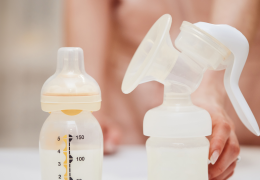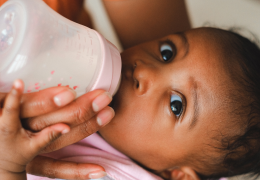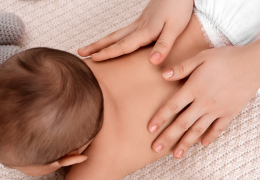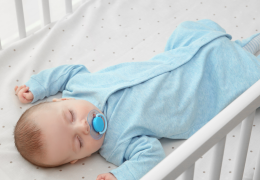When it comes to choosing toys for your baby, safety should always be your number one priority. Babies explore the world around them primarily through touch, taste, and sight, which makes it crucial to select toys that are not only fun but also safe. The right toys stimulate your baby’s development while minimizing the risk of harm. In this guide, we’ll dive deep into what makes a toy safe, how to choose safe toys for different stages of your baby’s growth, and why safety matters more than ever in the toy selection process.
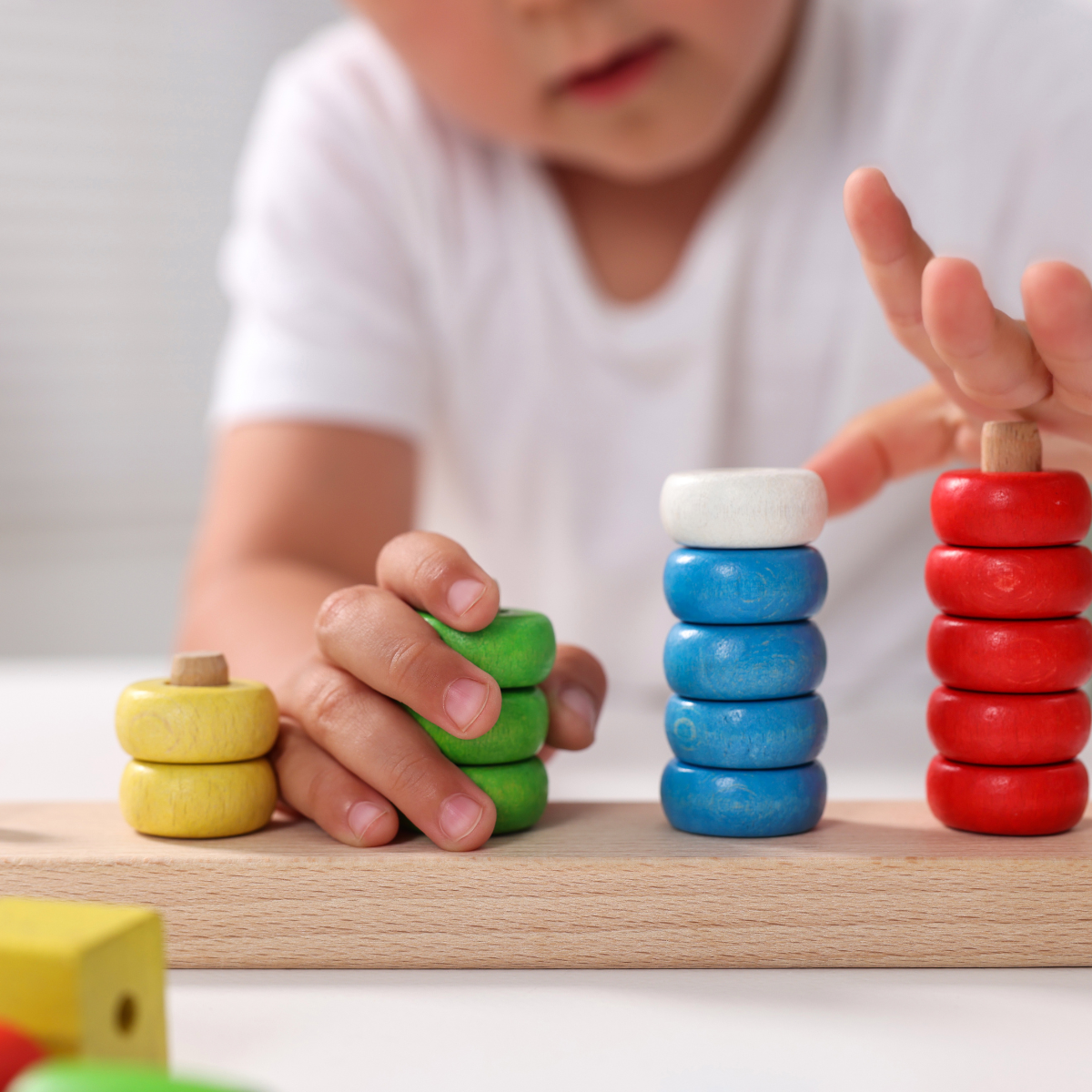
A tummy time mat provides sensory stimulation and helps strengthen a baby’s neck and upper body muscles.
What Makes a Toy Safe?
A safe toy is one that has been thoughtfully designed to prevent potential dangers. This includes ensuring that the toy is free from harmful chemicals, small parts that could pose choking hazards, and sharp edges that could cause injury. Safe toys should also be made from non-toxic materials, be age-appropriate, and adhere to safety standards set by recognized organizations. Let’s break down what you need to know when selecting safe toys for your baby.
Appropriate size: Avoid toys with small parts for children under three years old, as recommended by the Consumer Product Safety Commission.
1. Non-Toxic Materials
The first and foremost factor when considering the safety of a toy is the material it’s made from. Babies often explore toys by putting them in their mouths, which means toys should be free from harmful chemicals that could pose health risks. When purchasing toys, look for labels that indicate they are made from BPA-free, phthalate-free, lead-free, and non-toxic materials. These materials ensure that babies are not exposed to potentially dangerous chemicals while they chew or suck on their toys.
2. No Small Parts
Toys with small parts are a major choking hazard for babies, especially those under three years old. Even if your baby is not yet at the age when they are prone to putting things in their mouths, it’s always safer to err on the side of caution. Always choose toys without small detachable pieces, such as buttons, beads, or other tiny components that could break off and be swallowed.
3. Smooth, Rounded Edges
Many toys come with hard plastic parts or sharp edges that can cause injury if a baby falls or bumps into them. To prevent this, select toys that have rounded edges and are made from soft, flexible materials. This is especially important for younger babies who are still learning to navigate their environment and often engage in exploratory play with their hands and mouths.
4. Durability
Babies are known for putting toys to the test, and that includes dropping, chewing, or banging them. A safe toy must be durable enough to withstand such treatment. Check for toys that are designed to last and are resistant to wear and tear. Toys that break apart easily or lose parts may create safety risks, so it’s essential to choose high-quality, long-lasting toys.
5. Certifications and Safety Standards
Before purchasing any toy, always check if it has been certified by relevant safety organizations. In the U.S., for example, the Consumer Product Safety Commission (CPSC) sets safety standards for children’s toys. You can also look for toys that carry the ASTM (American Society for Testing and Materials) certification. These certifications ensure that the toy has been thoroughly tested for safety and meets all required guidelines.
Why Choosing Safe Toys Is Crucial for Your Baby’s Development
The first year of a baby’s life is crucial for growth and development. During this period, babies’ brains are developing at an astonishing rate, and their bodies are learning how to move, grasp, and explore the world around them. Safe toys play a critical role in this developmental journey by providing appropriate stimulation for cognitive, physical, and sensory growth. Here’s how:
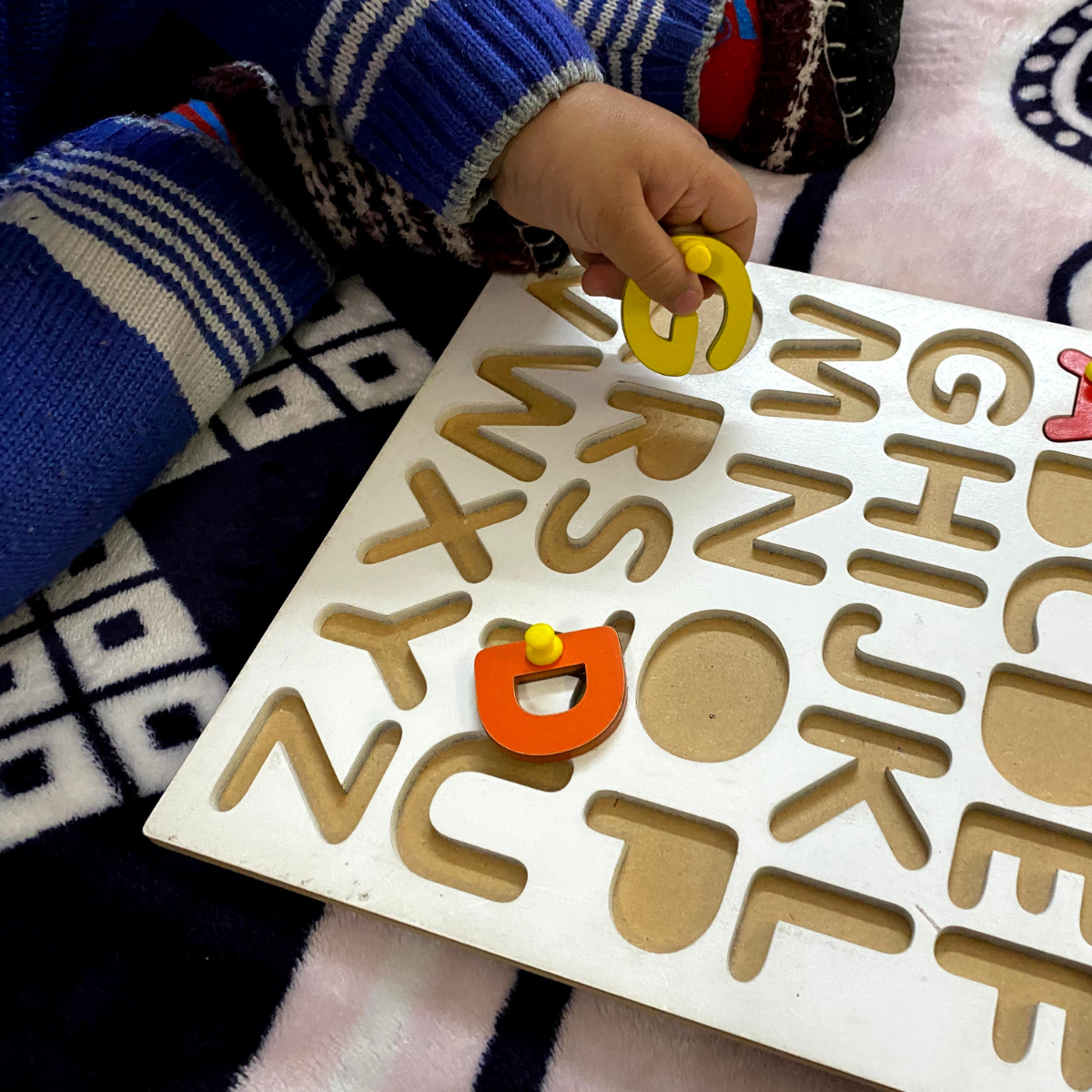
Shape sorters help toddlers recognize shapes and improve problem-solving skills.
1. Cognitive Development
Toys that are safe and stimulating can help babies build their cognitive abilities. For example, toys that engage the senses—sight, sound, touch, and even smell—are beneficial in developing the brain’s pathways for learning. Simple toys like soft blocks, rattles, or textured balls encourage babies to understand cause-and-effect relationships, recognize shapes and colors, and begin problem-solving.
2. Motor Skills
Safe toys also promote the development of motor skills. Toys that encourage babies to grasp, shake, or stack not only help develop hand-eye coordination but also enhance fine and gross motor skills. For example, toys like stacking rings, activity centers, and soft fabric toys encourage babies to strengthen their muscles, improve dexterity, and refine coordination.
3. Sensory Exploration
Babies are highly sensory-driven, and safe toys designed to stimulate the senses are essential for their sensory development. Toys with various textures, colors, sounds, and even smells provide the necessary stimulation to help babies make sense of the world around them. Soft toys, sensory mats, and musical instruments are perfect for fostering this type of exploration.
Age-Appropriate Safe Toys for Babies
Choosing the right toys also depends on the age and developmental stage of your baby. Here’s a breakdown of what you should look for at different stages of your baby’s growth.
0-3 Months: Newborn Exploration
At this early stage, babies are just starting to develop their reflexes and focus on objects. Their primary activity is looking at and reaching for things. Safe toys at this age should be simple and soothing.
- Soft Fabric Toys: Look for plush, hypoallergenic toys with different textures. Soft toys help babies develop tactile awareness while being gentle on their sensitive skin.
- High-Contrast Toys: Babies at this stage are drawn to high-contrast colors like black, white, and red, which help them develop visual tracking and focus.
- Rattles: A soft, easy-to-grasp rattle is perfect for encouraging hand-eye coordination.
4-6 Months: Grasping and Sitting Up
As babies begin to sit up and grasp objects, you can introduce toys that help develop motor skills and hand-eye coordination.
- Teething Toys: Soft, non-toxic teething rings provide relief during this painful stage and promote oral motor development.
- Grasping Toys: Look for toys like rattles or soft balls that babies can hold onto as they continue to refine their grip.
- Tummy Time Mats: These mats support physical development by encouraging babies to build neck and upper body strength.
7-9 Months: Crawling and Exploration
At this stage, babies become more mobile and start crawling. Toys that encourage crawling and exploration are ideal.
- Push Toys: Toys like push-along cars help babies practice their crawling skills and eventually assist them as they begin to walk.
- Textured Balls: Soft, bouncy balls with different textures are great for babies as they develop hand-eye coordination and movement skills.
10-12 Months: Standing and Walking
As babies approach their first year, they become more mobile, standing with assistance and starting to walk. Toys that encourage mobility and balance are ideal for this age.
- Activity Centers: Interactive toys that encourage standing, cruising, and walking with support are great for babies learning to balance and explore.
- Musical Instruments: Simple instruments like maracas or tambourines encourage auditory development and motor skills as babies shake or bang the toys.
How to Choose Safe Toys for Your Baby
Choosing safe toys requires thoughtful consideration. Here are a few tips to help guide your decision-making process:
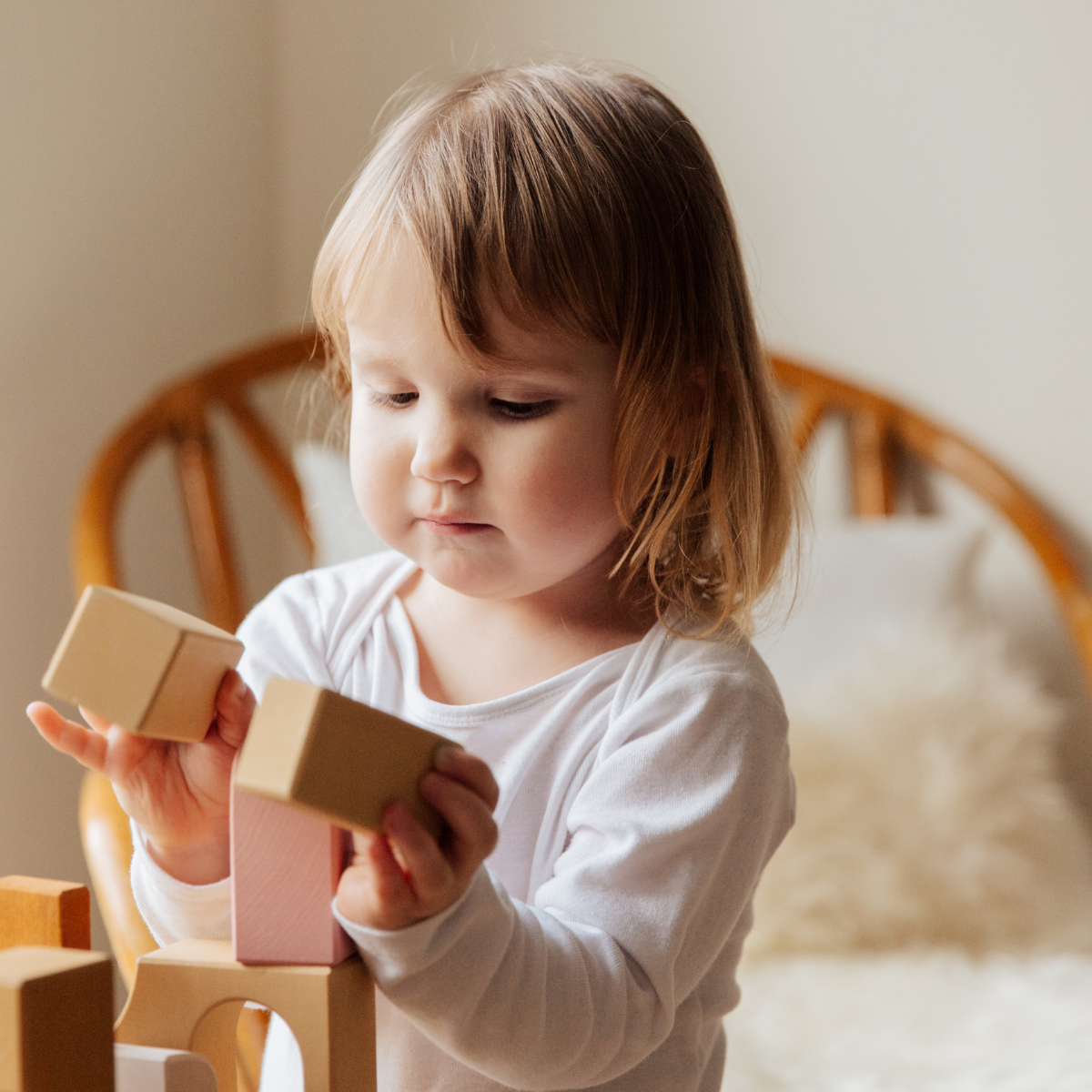
Stacking rings help babies develop fine motor skills and hand-eye coordination.
- Check for Certifications: Look for toys that are ASTM-certified or meet safety standards in your country.
- Consider the Materials: Choose toys made from non-toxic, BPA-free, and phthalate-free materials.
- Avoid Small Parts: Ensure the toy is free from small detachable pieces that could pose a choking hazard.
- Age-Appropriate Selection: Always check the toy’s age recommendations and choose toys suitable for your baby’s current developmental stage.
- Inspect Durability: Ensure the toy is durable and designed to withstand wear and tear from babies.
Final Thoughts on Safe Toys
Selecting safe toys for your baby is not just about protecting them from harm—it’s also about fostering their growth and development. By choosing toys that are made from safe materials, are age-appropriate, and promote cognitive, physical, and sensory development, you can give your baby the best possible start. Always prioritize safety, and your baby will have a fun, educational, and safe playtime experience.
You can read: 10 Steps to Protect Your Baby from Seasonal Illnesses and Keep Them Healthy



